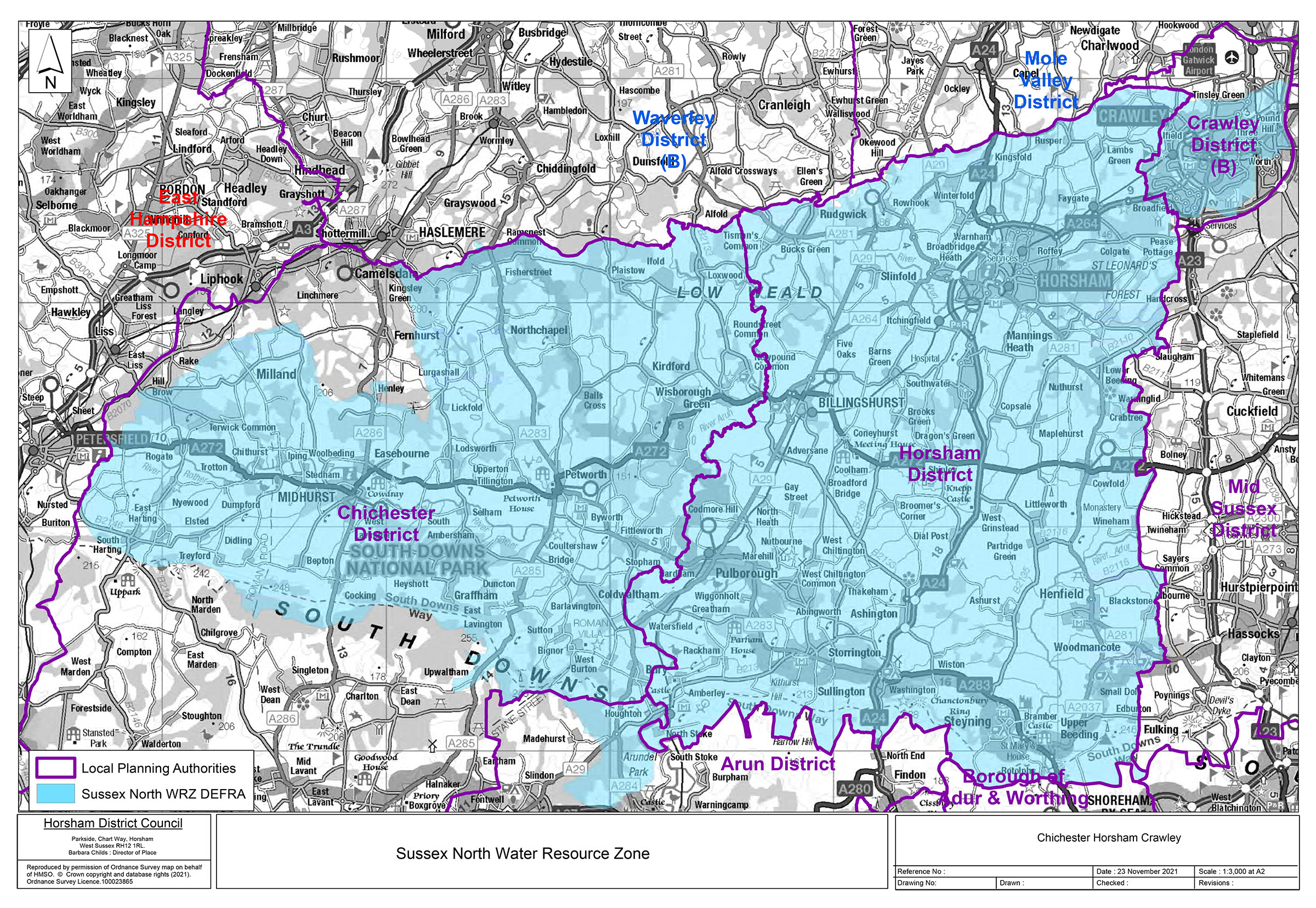About Water Neutrality
What is Water Neutrality?
Water neutrality means that any new development does not increase total water consumption within a region. This critical balance helps sustain local water resources for future generations while supporting continued growth and development in water-stressed areas like West Sussex.
Why is it Mandatory?
Guided by Natural England and enforced by local planning authorities, water neutrality is not just an environmental recommendation—it is a mandatory requirement. Adhering to these regulations is essential for protecting our natural habitats and ensuring sustainable development within our communities.
Natural England’s Position Statement for Applications within the Sussex North Water Supply Zone September 2021 – Interim Approach
“The definition of water neutrality is the use of water in the supply area before the development is the same or lower after the development is in place.”
In response to compelling data indicating potential adverse effects of water abstraction on wildlife sites in the Arun Valley, Natural England introduced water neutrality measures in September 2021.
These measures aim to safeguard the region’s drinking water supplies and mitigate any potential risks associated with further development.
As a consequence, all new development initiatives must now demonstrate their commitment to ensuring that they do not exacerbate the existing detrimental impact on the ecosystem.
Further information on this can be found via the link below:
Water Neutrality facts & sources
The South East is home to 19 million people and has almost as many businesses as the rest of the country combined – making up 37% of the national economy.
It is expected that an additional four million people will live in the South East and could account for around 50% of the UK’s total water demand.
According to WRSE, estimates show we would likely need an extra 1 billion litres of water per day over the next 15 years to meet demand.
The Environment Act 2021 sets a target to reduce the use of public water supply in England, per head of population, by 20% by 2037-38 from the baseline set in 2019-20.
The Environment Agency states that if no action is taken between 2025 and 2050, there will be a shortfall of around 4,000 million extra litres of water per day.



